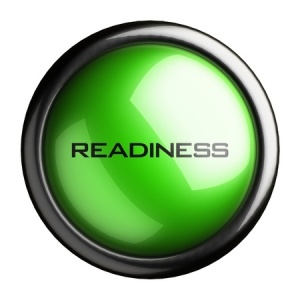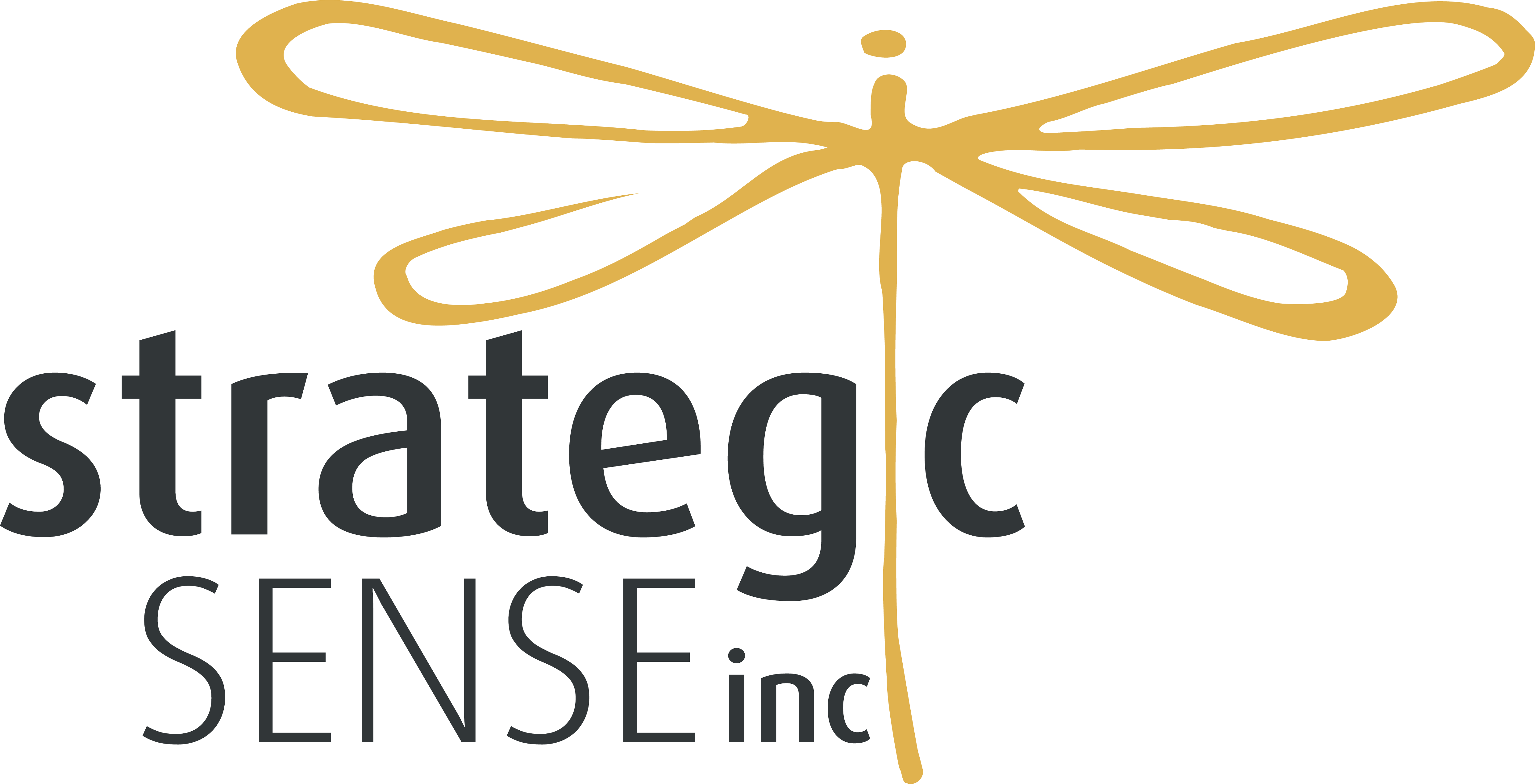 In a nicely written post titled, “Resistance is Not Futile” by Jon Tveten about managing resistance, he indicates the C-level suite is often surprized by the resistance to change. To quote Jon;
In a nicely written post titled, “Resistance is Not Futile” by Jon Tveten about managing resistance, he indicates the C-level suite is often surprized by the resistance to change. To quote Jon;
“How could people not be falling in love with their brilliant new strategy? How could they fail to see the benefits to be wrought by this wonderful change?”
And Jon’s post goes on to discuss the importance of listening as a selling tool of the change.
This brought the word ‘dialog’ to mind. With information coming at us 24/7, high-speed technical advances, doing far more work with far less resources, being inundated with the pressures of shareholders and a highly competitive landscape, it seems we have failed at knowing how to maintain honest and transparent dialog.
The industry uses words like “stakeholder impact analysis” and “process evaluation” to describe a couple of change techniques, and yet we as consultants often hear the words – “Just get them to buy-in” from leadership we also hear; “We were never asked our opinion” from the front lines.
Getting Buy-in
Buy-in sounds great, but what does it really mean? Basically, it tells you that others have agreed to go along with a decision. GREAT! But, is it enough they have agreed to go along? We don’t think so.
Truth is, this isn’t necessarily as great as it sounds. Consider this scenario;
Marcella, the CEO, and Dean, the VP of technology, make a decision to transition the global team to a new HR management system. This involves a complete shift in how the organization manages staff in 8 different countries. The reason for the change is that the VP of technology pays for the cost of the software out of his budget. At present, the annual enterprise costs for this system require a yearly investment, a maintenance, and service contract, and the company is beyond initial warranty so they also pay for each upgrade. By all intents and purposes, Dean looks to save $15,000.00 a year on his budget by putting in a new system. The numbers were crunched, the spreadsheets shared and Dean made a very compelling case for change based on a budgetary bottom-line.
In the yearly strategy session, Marcella makes the announcement to the other VPs and director-level staff that this change will be made in the New Year, deferring to Dean for an explanation. The project will be a 6-month effort and they will bring in the consultants from the new HR management system software company to help implement the solution. It is assumed that everything will transition smoothly.
What’s right about this?
Sounds familiar and straightforward, right? Fiduciary responsibility is what these folks are hired for.
- Business is business, the deal is that a company needs to generate more income than output in order to continue at the very least and grow at the best.
- The C-Suite is where these decisions need to be made, and the final call should be theirs.
- The VP of Technology likely did his homework in doing a technical comparison of the two pieces of software and believes he made a great selection that weighs both price and functionality.
What might be wrong about this?
Stakeholders! This is where the word ‘dialog” comes in and below are the questions rarely asked up front – prior to decision making. This is a big part of readiness for change.
- Was this decision made without Rob, the VP of Human Resources? This decision impacts and affects his entire department and every individual who works for him.
- Was a use-case study of how the current software is being used by the HR team done prior to making the decision and is the new software a major improvement or is it at par?
- Was an end-user impact analysis done to understand how this HR management system affects every employee’s access to their benefits and employment information completed?
- Will any current, highly utilized functionality be lost or are there tightly linked 3rd party or custom applications highly dependent on the current system? (Sometimes only front-line staff can answer this).
The readiness piece is missing in this fictional scenario, but it doesn’t sound foreign to many people who have been through a similar change. While the compelling case in numbers makes sense, there are a myriad of hidden costs associated with a change such as this. “What will break?” Answering that question can identify much of the dollars, then there are the costs of the transition such as training, etc. Without a solid change strategy prior to decision making, companies are time-and-again finding themselves with over-run project costs, delayed implementation schedules, stronger than expected resistance and a very frustrated staff-base and implementation team. Bringing in a change team to ‘manage’ the roll-out is too late – failing to hand the change team the ability to gather data prior to decision-making is where most companies cripple their change initiatives.
Open Dialog
Making decisions in large companies is a complex dance that is not taken lightly by the C-level leadership. Every decision weighs heavily on them and the pressure to perform is constant and ongoing. Many leaders hesitate to strike the fear of change into their employees by even hinting about an upcoming change. The fear that the larger collective will ‘get-wind’ of something they don’t like and a campaign against a change will start before a solution can be found can break down transparency and dialog. Let’s face it – as Jon says in his article – people don’t like to change their habits.
Companies who invest in up-front use-case and impact work on an on-going basis as part of their readiness and decision-making process is far ahead of those who don’t. The C-level decision makers count on the teams to provide the right data, too often there are many numbers left out in the analysis of bottom line costs associated.
Leaders who fall into the trap of believing they have all the answers will miss some very valuable solutions. Continual evaluation of what and how technology is being used, or ongoing reviews of process and policy with all stakeholders makes for good business.
Readiness is more than a line on a piece of paper, readiness is about being Poised4Change™ and is best applied when built into the way companies do business every day. Creating a solid platform for preparing for ongoing change on a continual basis means they have better information for decision making. As my colleague and friend Jeffrey Summers of Summer’s Hospitality Group said recently, “Companies need to adapt, innovate or embrace change in order to remain relevant.”
Remember ‘Buy-In’?
Just because the strategy session ended with everyone saying they will “go along with” a decision does not mean they agreed with it. Dialog and well-managed readiness, inclusion, transparency and consideration of the stakeholders up-front prior to making decisions will move the organization much farther ahead in making great decisions and reducing resistance to change. Facilitated efforts and the right kind of dialog will give your organization leverage for doing what Jeffrey Summers says; “…adapt, innovate and embrace change to remain relevant”.
[PostFooterP]

Extremely insightful and impactful article for those who are facing a change effort in 2015. Change is always a wider and deeper experience than most can see prior to the effort. It’s imperative that those who are engaged in it, surround themselves with people who have been there and done that so that relevance is shared from the top to the bottom.
Thank you, Jeffrey. The upfront readiness piece is one of the most important parts of a change initiative. It’s not just about the planning, it’s about having the kind of data at hand that helps make the best decision for a change. Wider and deeper than most can see is indeed true.